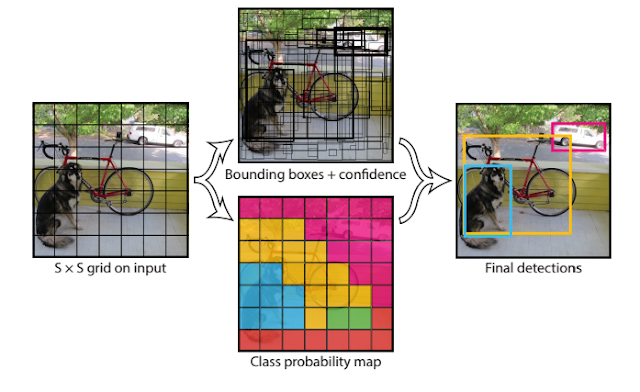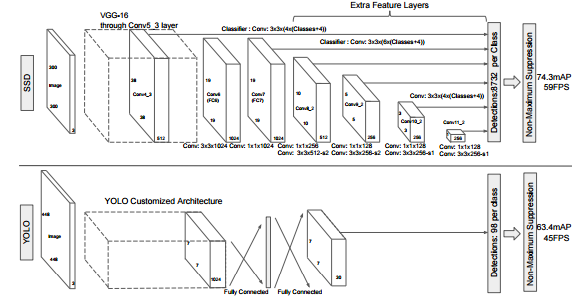Machien Learning Conception
A Gaussian mixture model is a probabilistic model that assumes all the data points are generated from a mixture of a finite number of Gaussian distributions with unknown parameters. One can think of mixture models as generalizing k-means clustering to incorporate information about the covariance structure of the data as well as the centers of the latent Gaussians.
Linear regression is an analysis that assesses whether one or more predictor variables explains the dependent (criterion) variable. The regression has five key assumptions:
- Linear relationship
- Multivariate normality
- No or little multicollinearity
- No auto-correlation
- Homoscedasticity
In probability theory, a Markov model is a stochastic model used to model randomly changing systems where it is assumed that future states depend only on the current state not on the events that occurred before it
A hidden Markov model is a Markov chain for which the state is only partially observable. In other words, observations are related to the state of the system, but they are typically insufficient to precisely determine the state. Several well-known algorithms for hidden Markov models exist. For example, given a sequence of observations, the Viterbi algorithm will compute the most-likely corresponding sequence of states, the forward algorithm will compute the probability of the sequence of observations, and the Baum–Welch algorithm will estimate the starting probabilities, the transition function, and the observation function of a hidden Markov model.
One common use is for speech recognition, where the observed data is the speech audio waveform and the hidden state is the spoken text. In this example, the Viterbi algorithm finds the most likely sequence of spoken words given the speech audio.
conditional random field
Markov random file
Gibbs sampling:
Gibbs sampling or a Gibbs sampler is a Markov chain Monte Carlo (MCMC) algorithm for obtaining a sequence of observations which are approximated from a specified multivariate probability distribution, when direct sampling is difficult. This sequence can be used to approximate the joint distribution (e.g., to generate a histogram of the distribution); to approximate the marginal distribution of one of the variables, or some subset of the variables (for example, the unknown parameters or latent variables);
Markov random file
Gibbs sampling:
Gibbs sampling or a Gibbs sampler is a Markov chain Monte Carlo (MCMC) algorithm for obtaining a sequence of observations which are approximated from a specified multivariate probability distribution, when direct sampling is difficult. This sequence can be used to approximate the joint distribution (e.g., to generate a histogram of the distribution); to approximate the marginal distribution of one of the variables, or some subset of the variables (for example, the unknown parameters or latent variables);
EM algorithm
In statistics, an expectation–maximization (EM) algorithm is an iterative method to find maximum likelihood or maximum a posteriori (MAP) estimates of parameters in statistical models, where the model depends on unobserved latent variables. The EM iteration alternates between performing an expectation (E) step, which creates a function for the expectation of the log-likelihood evaluated using the current estimate for the parameters, and a maximization (M) step, which computes parameters maximizing the expected log-likelihood found on the E step. These parameter-estimates are then used to determine the distribution of the latent variables in the next E step.
Naive Bayes Model
restricted Boltzmann machine (RBM) is a generative stochastic artificial neural network that can learn a probability distribution over its set of inputs.
Loss funciton:
Eucleadian: Usually for regression, is easy dominated by very big value
cross entropy: Mostly for the classification problem.- Multiclass classification means a classification task with more than two classes; e.g., classify a set of images of fruits which may be oranges, apples, or pears. Multiclass classification makes the assumption that each sample is assigned to one and only one label: a fruit can be either an apple or a pear but not both at the same time.
- Multilabel classification assigns to each sample a set of target labels. This can be thought as predicting properties of a data-point that are not mutually exclusive, such as topics that are relevant for a document. A text might be about any of religion, politics, finance or education at the same time or none of these.
- In
semi-supervised systems, the machine is allowed to additionally take unlabelled data into account. Due to a larger data basis, semi-supervised systems often outperform their supervised counterparts using the same labelled examples. The reason for this improvement is that more unlabelled data enables the system to model the inherent structure of the data more accurately. - Bootstrapping, also called self-training, is a form of learning that is designed to use even less training examples, therefore sometimes called
weakly-supervised. Bootstrapping starts with a few training examples, trains a classifier, and uses thought-to-be positive examples as yielded by this classifier for retraining. As the set of training examples grows, the classifier improves, provided that not too many negative examples are misclassified as positive, which could lead to deterioration of performance


Comments
Post a Comment